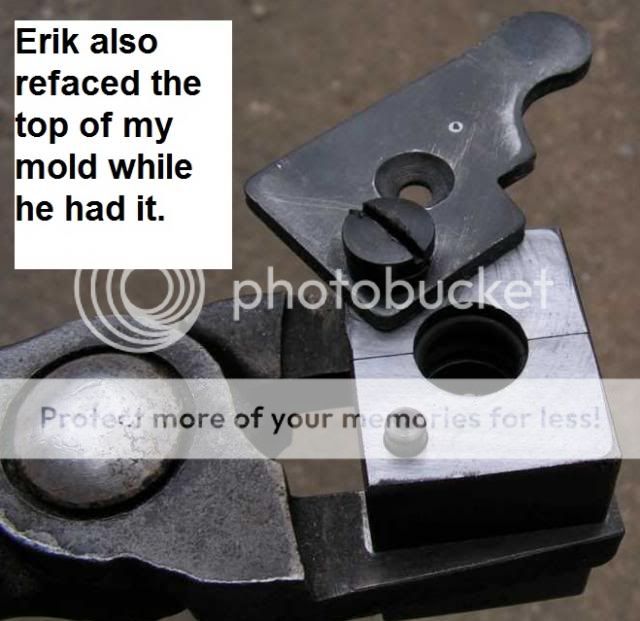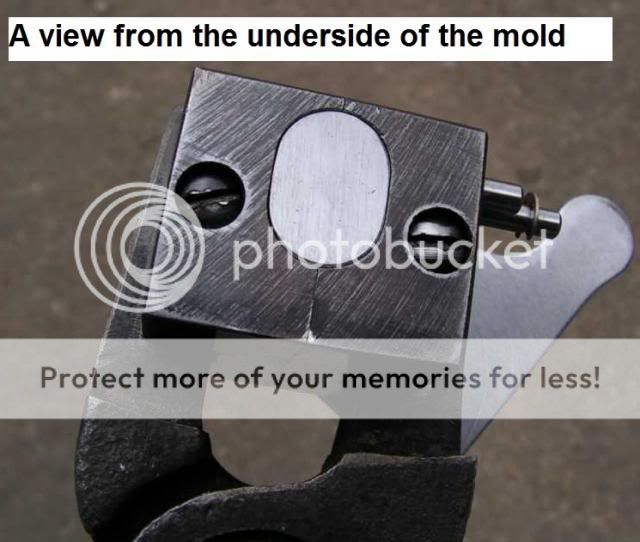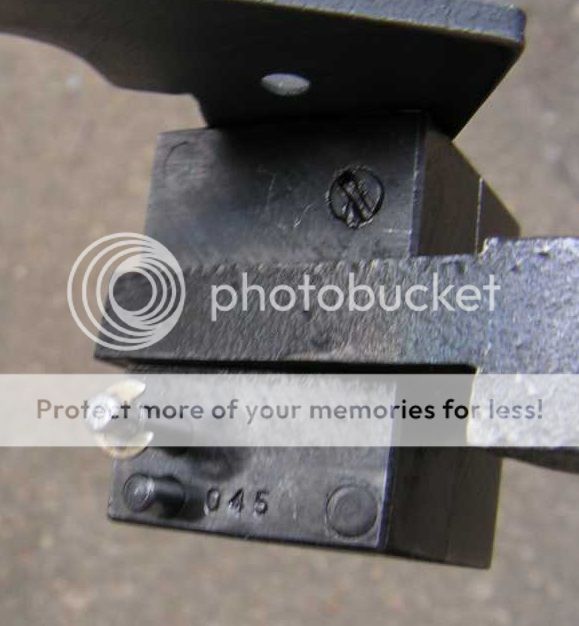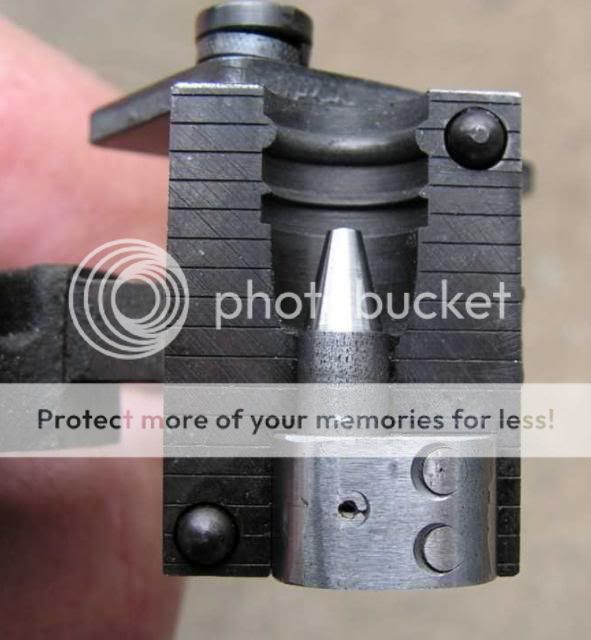JWFilips
Well-Known Member
Gentlemen, just thinking:
I know when I have ordered a hollow point mould sometimes a flat nose pin is included but; would it be possible to flat point a mould without using a removable pin? Like a fixed pin arrangement.
I was doing some reading "over there" about hollow pointing moulds on a standard drill press & that got me thinking ...since I already successfully removed the gas check areas and converted my Lee C329-205-1R
to PB I would love to knock the pointed nose off the cavities on this mould but not wishing to have to use a removable pin. Is that possible?
Jim
I know when I have ordered a hollow point mould sometimes a flat nose pin is included but; would it be possible to flat point a mould without using a removable pin? Like a fixed pin arrangement.
I was doing some reading "over there" about hollow pointing moulds on a standard drill press & that got me thinking ...since I already successfully removed the gas check areas and converted my Lee C329-205-1R
to PB I would love to knock the pointed nose off the cavities on this mould but not wishing to have to use a removable pin. Is that possible?
Jim









